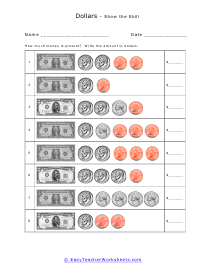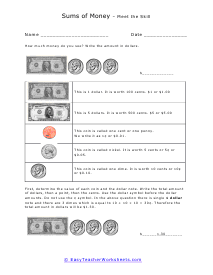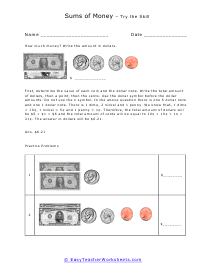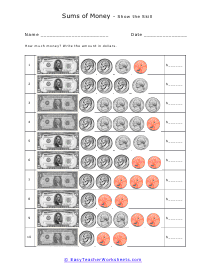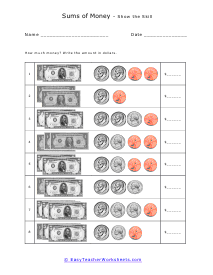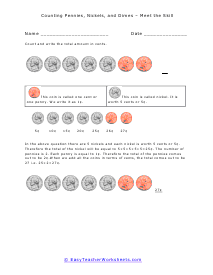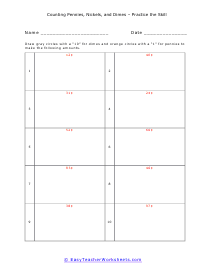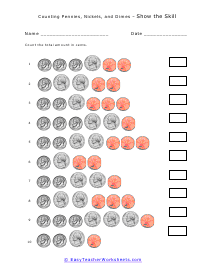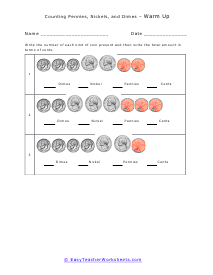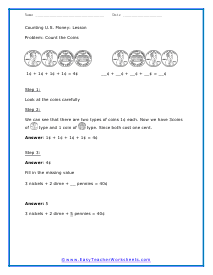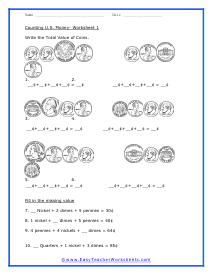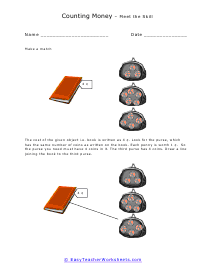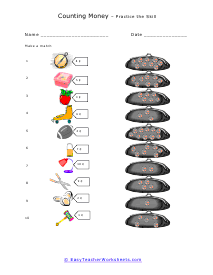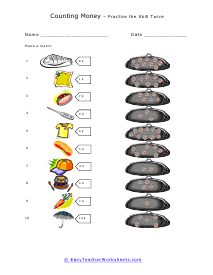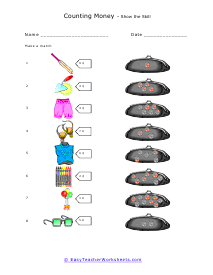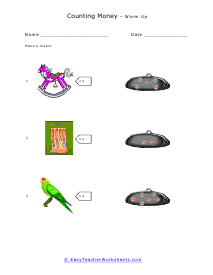Money takes up a major chunk of mathematics. It uses both notes (bills) and coins. While counting the money in bill form is pretty easy, counting them in coins is sometimes difficult and takes up a lot of time. But making change with coins is a great task, and it is also pretty easy! Now whatever amount of money you have, you can easily get it exchanged for coins. For example, if you have 5 dollars, you can get it changed for 500 cents. But if you don’t know how to count it, not to worry! It's very easy! You can do it with your hands by separating the coins types and then adding them. Gather all the coins together that you have and separate them in piles of one type. For example, pennies in one pile, half-dollars in the second pile, and $1 in the third pile. Now work with one type of coin at a time, then jump to the next coin. If you have more than one pile of the same coins, add coins in each stack first then multiply the number of stacks with the number of the coin in each. Repeat the process for the other coins as well and then add up the final amount to know the total amount of money you have.
This has got to be one of largest collections of printable worksheets, in one place, to help you learn how to count United States (American) coins and bills. The United States mint makes all of the American coins. The U.S. nickel is the only coin called by its metal content, even though that coin is only made up of twenty-five percent of nickel. American paper money (bills) are created and tracked by the U.S. Treasury. These worksheets explain how to add and subtract different coin denominations. Students will add different coins together, learn how to make change, and more.









































